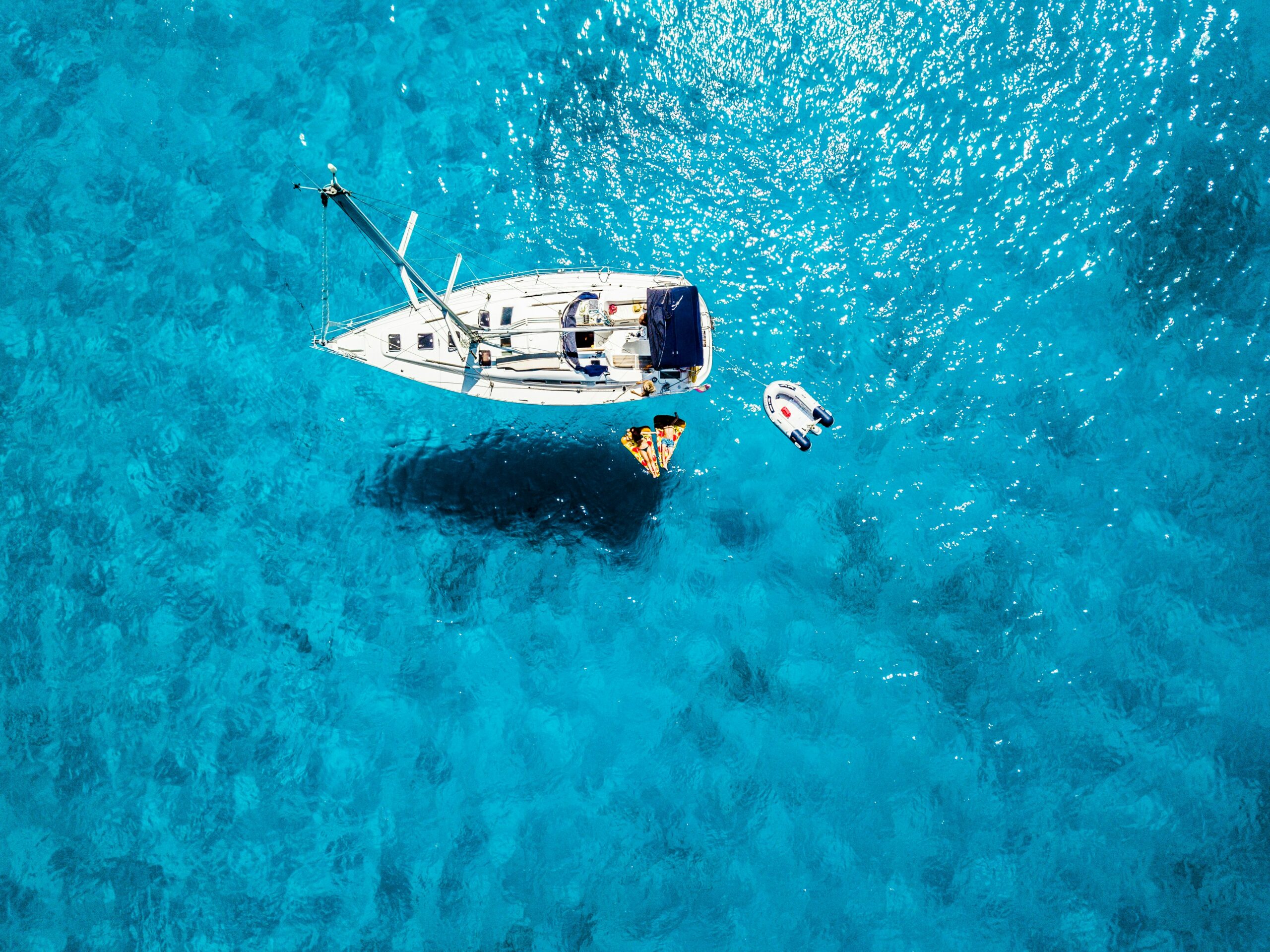Feature Photo by Roberto H on Unsplash
As technology continues to develop and advance at rapid speeds, there are greater possibilities for different learning opportunities, events, and environments. When I was in grade school, the first opportunity I had to complete a course online was in Grade 12. I enrolled in the course and tested it out, but because it was something I had never experienced before and I did not shift to accustom myself to this new learning environment, therefore, I was not a successful online student. That being said, a couple of years later, when I took my first online course in university, I felt I was more prepared for this learning experience because I had better time management skills, and motivation, and knew what I needed to change in my learning to be successful. Although online learning was uncommon when I was in high school, it is rapidly becoming a major source of education for students around the world. In terms of advantages and disadvantages, online learning and face-to-face learning have their unique styles. It is not a question of which learning environment is more educative, but rather which environment is best for certain learning activities, content, or individuals.
Face-to-face learning experiences are those in which students, and usually an instructor, are in the same physical environment, such as a classroom. This is a synchronous, physically present, and socially interactive environment where learning can vary in terms of direct instruction, hands-on instruction, and trips throughout the local environment. Face-to-face instruction has direct interaction, a schedule (such as a timetable), immediate feedback (non-verbal cues), and activities that students need to have or share materials for. This type of learning is what I am most accustomed to through my 20 years of education. Whether it be grade school, university coursework, or teaching a classroom of students, 95% of my education has been with face-to-face instruction. I thought this was a good learning style for me while I was growing up because I was a social individual, enjoyed moving around, and needed that external presence (such as a teacher) to keep me focused and on tasks. In terms of my teaching, I enjoy face-to-face instruction because I can move around the classroom, communicate with everyone through non-verbal cues or move to different areas, and ensure that everyone is on task and doing their job. I recognize that some of these can be implemented with online learning (synchronous) but there is something regarding a physical presence that I believe has a positive impact on my teaching style.

In terms of what is only possible when face-to-face learning, here is a list of some learning activities:
- Direct interaction (online, asynchronous – not possible)
- Use of body language and facial expressions – nonverbal communication (online, asynchronous – not possible)
- Hands-on activities (such as labs)
- Physical interaction with the learning environment
- Routine (Timetable – with transitions)
- Access to physical resources
Online learning can be categorized into many different categories but is primarily labelled as either synchronous (ex: zoom calls, live webinars, etc.) or asynchronous (ex: online course – complete at own speed). Typically, online learning has more flexibility than face-to-face instruction, it can be accessed by individuals around the world, and there is an endless number of resources and activities which you can do. In synchronous online learning, the learning environment is through real-time interaction, there is active participation, it is a structured learning environment, and there are technical requirements. In asynchronous online learning, the learning environment is more flexible, and self-paced, includes pre-recorded lectures, has delayed feedback, and students need to have strong time-management skills. I have only completed learning activities online through synchronous environments. This meant that I met with instructors through Zoom, there was a list of things which we needed to cover that day, and there was a start time and an end time. This has primarily been through my Master of Education program. I appreciate online synchronous learning environments because it allows me greater flexibility for completing coursework at home and a more flexible pace while still having a social connection with others every week throughout the program.
Here is a video that further explains synchronous online learning and asynchronous online learning:
In terms of what is only possible when online learning, here is a list of some aspects of online learning environments:
- Distance accessibility (throughout province, country, or globe)
- Flexible schedules
- Technological requirements
- Gamified learning
- Multimedia projects

Although there are quite a few differences between online learning and face-to-face environments, there are some shared qualities between these two learning environments that do create meaningful learning for students (please note: these shared qualities are dependent on the educator, activities, and how these learning environments are used to positively impact student learning). When done meaningfully and thoughtfully, some shared qualities include:
- Active Engagement
- Student Participation
- Thoughtful and Quality Education
- Personalized and Timely Assessment
- Opportunities for Social Learning
- A Well Structured and Respectful Community
